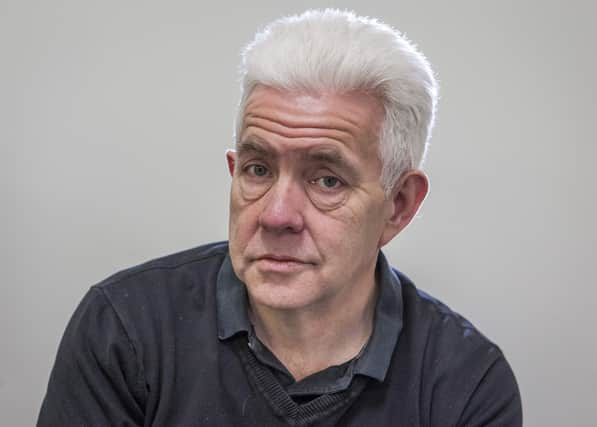Why I love alliteration, Ian Macmillan


Those pages pulse with powered plosives pushing, pounding, prodding the prose. Yes, readers of the Yorkshire Post Magazine, I love alliteration; I lap it up lustily and I listen for it and I look for it and I let it leap around my language like a Llama in Littondale. The dictionary definition of alliteration is ‘‘the occurrence of the same letter or sound at the beginning of adjacent or closely connected words, like ‘sweet birds sang’’’, to which I’d add that, as far as I’m concerned, the alliterative letter can be in the middle of a word and at the end as well as the beginning to literally liberally distil the alliterative truth lurking painlessly within the words. You’re right; after a brief time the thumping and unsubtle use of alliteration can be a bit much. It’s a sledgehammer to crack a stylistic nut. It’s somebody shouting when they could be sounding like a whispering and weeping willow. But when as a writer I employ alliteration I feel that I’m using some ancient tool that was used by bards and troubadours and storytellers centuries before I was born and that I’m part of some long unbroken line of word-wizards (although I realise I’m more of a sorcerer’s apprentice) who are playing with language and making it dance.
Then there’s alliteration’s quieter sibling Assonance, which the dictionary tell us is ‘relatively close juxtaposition of similar sounds, especially of vowels’’, and gives the example ‘‘rise high in the bright sky’’ and you can feel the words floating away beautifully when you say a sentence like that. Maybe one difference between assonance and alliteration is that you have to think a little harder about assonance; it doesn’t feel as instinctive as alliteration. You have to weigh each word in a sentence and test out its vowels to see if it really can be shaped into something with assonance. Take a word like ‘Moon’ for instance, with its Os like twin moons themselves floating across the sky of the page; how can I shape something with assonance around it? Tune more or less works with Moon, so ‘‘the moon’s tune is the blues; my dancing shoes assume the runes…’’ That almost works but maybe there’s a bit too much rhyme in there and assonance can work well without rhyme. Like rhyme, though, assonance and alliteration force you to think hard about language and then gloriously lead you down linguistic garden paths to places you never knew were there; if I hadn’t been thinking about assonance I’d never have come up with a phrase like ‘‘assume the runes’’ and I’m sure that’ll make its way into a poem or a song lyric of mine at some point.
Alliteration and assonance; patterns for knitting language with. So let’s get knitting!
Comment Guidelines
National World encourages reader discussion on our stories. User feedback, insights and back-and-forth exchanges add a rich layer of context to reporting. Please review our Community Guidelines before commenting.